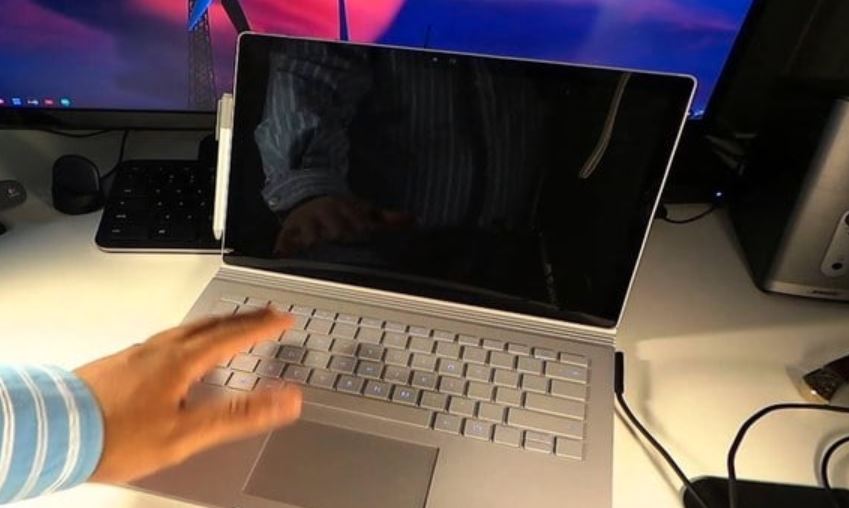Choosing the right immigration consultant or lawyer can be a daunting task. With so many options out there, it can be hard to know where to begin. In this post, we'll be sharing some tips on how to choose the best immigration consultant or lawyer for your needs.
Tip #1: Look for experience and expertise
When choosing an immigration consultant or lawyer, it's important to look for someone who has experience and expertise in the field. Look for someone who has a proven track record of success in helping clients with similar immigration issues to yours. Consider their education, credentials, and any professional affiliations they may have.
In addition, it's important to consider their level of expertise in the specific type of immigration issue you're dealing with. For example, if you're looking to obtain a work visa, you'll want to look for someone who has experience with work visas and has knowledge of the latest laws and regulations regarding work visas.
Tip #2: Check their reputation
Another important factor to consider when choosing an immigration consultant or lawyer is their reputation. Look for reviews and testimonials from previous clients to get an idea of their level of professionalism, communication skills, and overall success rate. You can also check with professional organizations and state bar associations for any complaints or disciplinary actions taken against them.
Tip #3: Consider their communication skills
Effective communication is key when it comes to choosing an immigration consultant or lawyer. You want to work with someone who is responsive, transparent, and can communicate complex legal issues in a clear and concise manner. Look for someone who is willing to keep you informed throughout the process and who will respond to your questions and concerns in a timely manner.
Tip #4: Look for someone who offers a personalized approach
Each immigration case is unique and requires a personalized approach. Look for an immigration consultant or lawyer who takes the time to get to know you and your specific immigration needs. They should be willing to work with you to develop a customized plan that meets your goals and helps you achieve the best possible outcome.
Tip #5: Consider the cost
Cost is another important factor to consider when choosing an immigration consultant or lawyer. While you don't want to compromise on quality, you should also look for someone whose fees are reasonable and transparent. Be sure to ask for a detailed breakdown of their fees and any additional costs you may incur throughout the immigration process.
Conclusion
Choosing the right immigration consultant or lawyer can be a stressful process, but by following the tips outlined in this post, you can make a more informed decision. Remember to look for experience and expertise, check their reputation, consider their communication skills, look for a personalized approach, and consider the cost. By doing so, you'll be well on your way to finding the best immigration consultant or lawyer for your needs.
Image Sources
Image #1

Credit: Green Tree Immigration
Image #2

Credit: Read Good Post
Image #3

Credit: Immigration Exam Doctor
Image #4

Credit: Glomo




















